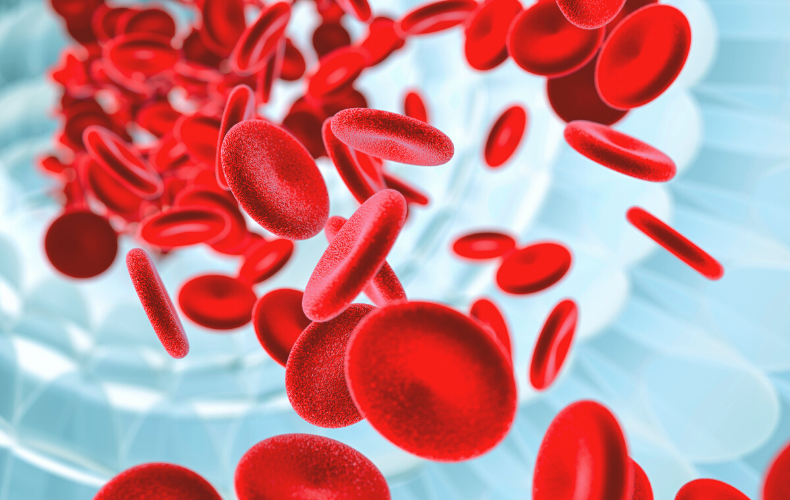
The placenta is a remarkable organ that is essential for producing human life. It supplies a growing foetus with all the nutrients it requires while in the womb, protects it from pathogens, and gives your newborn antibodies to protect it from disease. The placenta can do all these incredible things because of the powerful stem cells, growth hormones, and antibodies it produces. In this article, we’ll talk about the medical benefits and future uses of the placental cells.
Researchers have discovered that placental cells remain useful even after the baby has been born and the placenta has been delivered. They have developed several techniques that use placenta cells to treat everything from diabetic ulcers to eye injuries.
There is also a growing body of research to suggest that the placenta may be used to treat many other conditions in the future, including cerebral palsy, osteoarthritis, cirrhosis, stroke, and type 2 diabetes. In this article, we are going to take a closer look at how placental cells are currently used and what the future may hold.
The sophisticated cellular and biochemical composition of the placenta, along with its regenerative capacity, has attracted the close attention of clinicians and researchers for several decades.
By storing your child’s placental cells and amnion, you have easy access to this valuable medical resource should they require a stem cell transplant in the future.
Future Uses For Placental Cells & Amniotic Membrane
Research interest in the placenta increased dramatically in 1982, after the first successful transplant of umbilical cord stem cells. The procedure cured a patient of a rare blood disorder called Fanconi Anaemia.
Since then, thousands of patients have received umbilical cord stem cell transplants to treat conditions ranging including cancer, immune system disorders, blood disorders, and metabolic disorders.
Researchers have discovered that most components of the placenta (placental cells, cord blood, umbilical cord, amniontic membrane) have therapeutic value. Some of the conditions which may be treatable using placental cells in the future include:
Ischaemic stroke
The anti-inflammatory capacity of placental cells may be useful for treating brain injuries like stroke. A paper published in 2011 found that mice who suffered from stroke showed significant improvements in motor function and brain function after receiving human umbilical mesenchymal stem cells (HUMSCs). HUMSCs are present in both the umbilical cord and placental tissue.
Another study conducted in 2018 found that placenta-derived cells exhibited a neuroprotective capability. This could be very useful after a stroke or traumatic brain injury (TBI).
Type 2 Diabetes
Amniotic stem cell transplantation therapy has been shown to improve glycemic control within patients who have type 2 diabetes, reducing the symptoms of the condition. The therapeutic viability of placenta cells for treating diabetes has been confirmed by a Chinese pilot study, which used placenta-derived mesenchymal stem cells to treat type 2 diabetes.
Cirrhosis
There has been a great deal of research into the use of stem cells for treating cirrhosis of the liver. Researchers now believe that mesenchymal stem cells (MSCs) provide the best option for healing the liver after cirrhosis has occurred. The placenta is an excellent source of the MSCs which are used for this type of treatment.
Osteoarthritis
The anti-inflammatory capability of MSCs may be also useful for treating conditions like osteoarthritis and rheumatoid arthritis. There are several clinical underway, including a randomised, double-blind study being conducted by researchers from Jiangsu University.
There have also been numerous papers published which have confirmed the viability of stem cells for treating arthritis. This includes a paper published in 2019 which confirmed that MSCs can improve rheumatoid arthritis progression by reducing inflammation.
Creation of heart valves, blood vessels, and myocardial structures
Researchers from the Clinic For Cardiovascular Surgery at University Hospital Zurich, Switzerland published a paper in 2011 suggesting heart valves, blood vessels, and myocardial structures may be created from engineered from autologous stem cells.
Cells could be extracted from a newborn’s cord blood or placenta, then used to create organs. This process would be ideal for children who are born with or develop issues affecting their heart or blood vessels.
Pericarditis
Pericarditis is the swelling and irritation of the membrane surrounding the heart (pericardium). In 2017, researchers published a study which detailed how the amniotic membrane of the placenta could be used to reduce inflammation after a pericardiectomy for constrictive pericarditis. The authors of the study suggested continued research into the beneficial properties of amniotic membrane patches in cardiac surgery would be required.
To learn more about Placenta banking and Amnion banking, contact Cells4Life on +971 4 3116613.
Sources
https://www.hindawi.com/journals/sci/2018/4837930/
https://doi.org/10.3389/fbioe.2015.00162
https://www.ncbi.nlm.nih.gov/pubmed/28413063
https://www.ncbi.nlm.nih.gov/pubmed/21575988
https://www.hindawi.com/journals/cjgh/2018/4197857/
https://www.ncbi.nlm.nih.gov/pmc/articles/PMC6477064/
https://www.ncbi.nlm.nih.gov/pubmed/27735027
https://www.ncbi.nlm.nih.gov/pubmed/21681681
https://www.ncbi.nlm.nih.gov/pubmed/29562781


